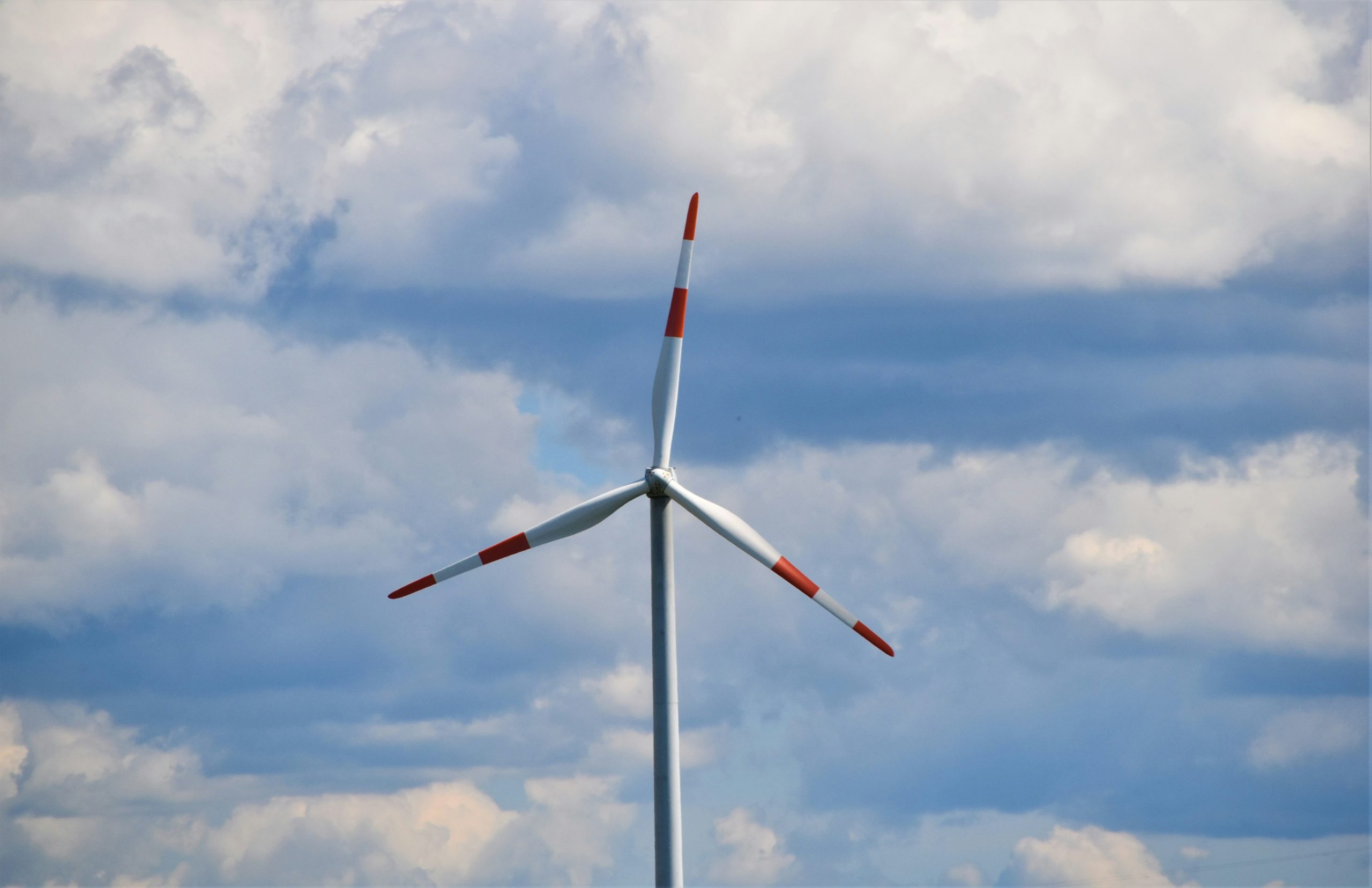New fund classified as Article 9, the highest sustainability category under the EU Sustainable Finance Disclosure Regulation will focus on European greenfield renewable energy assets contributing to the EU Green Deal. The KGAL Investment Management GmbH & Co. KG to announce the launch of its first renewable energy Impact Fund, KGAL ESPF 5, enhancing its successful ESPF product series. The fund will invest in renewable energy generation through photovoltaics, onshore and offshore wind power, and hydropower.
This latest fund, one of the first Impact Funds under Article 9, which is the highest standard in terms of sustainability, demonstrates KGAL’s leadership in the renewable energy space, and is a further sign of the sustainability-orientated asset manager’s commitment to meeting the requirements of the EU action plan for financing sustainable growth and the Sustainable Finance Disclosure Regulation (SFDR).
KGAL ESPF 5 will give institutional investors the opportunity to simultaneously pursue their financial goals and to have a positive impact on the global environment. The decision to launch KGAL ESPF 5 is in response to the increasing institutional demand that KGAL has experienced since creating its ESPF product series. In particular, the strong performance of its predecessor fund KGAL ESPF 4, which closed at the end of 2019 with EUR 750 million in equity commitments, supports increasing demand from investors for new opportunities in the renewables space. KGAL’s deal pipeline remains robust, with over 90 percent of the predecessor fund’s capital already contractually committed, thereby enabling KGAL to continue to meet investor demand for European renewables assets contributing to the Green Deal.
“For investors, sustainability and impact measurement are increasingly essential, and we at KGAL can fully relate to this as sustainability aspects are an integral part of our business and risk strategy. That is why we are incredibly proud to launch one of the first renewable Impact Funds under Article 9, with sustainability investment being first and foremost, in response to investor demand”, says Christian Schulte Eistrup, head of KGAL’s international institutional business.
“We place huge importance on the decarbonisation of the European economy both from a corporate and an investment perspective. For example, based on our efforts to meet various climate change targets, our renewables portfolio supplied almost 1.7 million people with green energy by the end of 2020. And we will not stop there as we will continue to play our part to decarbonise society and ultimately protect our planet,” adds Florian Martin, Managing Director and head of the firm’s client business.
Multidimensional diversification across power generation technologies, geography and asset lifecycles will be central to KGAL ESPF 5’s investment strategy
The fund will invest in renewable energy generation through photovoltaics, onshore and offshore wind power, and hydropower. Investments in other renewable energy generation and storage technologies as well as grid infrastructure will also be considered. KGAL ESPF 5’s Core+ investment strategy will focus particularly on the EU-27 and the EFTA member states. The fund aims to achieve a target return (net IRR) of 7-9 percent over its 10-year term.
“The European investment market for renewable power generation offers immense growth and diversification potential. We are very well placed to take advantage of this opportunity based on our proven track record in renewables. We entered this space in 2003, which makes us one of the pioneers of the energy transition and have acquired over 150 photovoltaic plants, wind farms and hydroelectric power plants on behalf of our clients since then – and to date our total investments amount to more than EUR 3.2 billion across ten European countries” explains Michael Ebner, Managing Director and head of sustainable infrastructure.
Carsten Haubner, Portfoliomanager of KGAL ESPF 5 adds: “We are excited about the opportunities ahead as our deal pipeline is extremely buoyant. The three pillars of our investment strategy remain unchanged – we will combine the acquisition of project rights in the development and construction phase with value-add approaches for undervalued existing assets and tapping new markets in the develop-and-hold area – to help investors achieve their objectives. As ever, our primary focus is to maintain a balanced risk-return profile for our institutional investors.”
Source: KGAL
















